Yamasaki redux
The career of the author of the Twin Towers, the nisei Minoru Yamasaki (1912-1986), is replete with coincidences, paradoxes and full cycles.
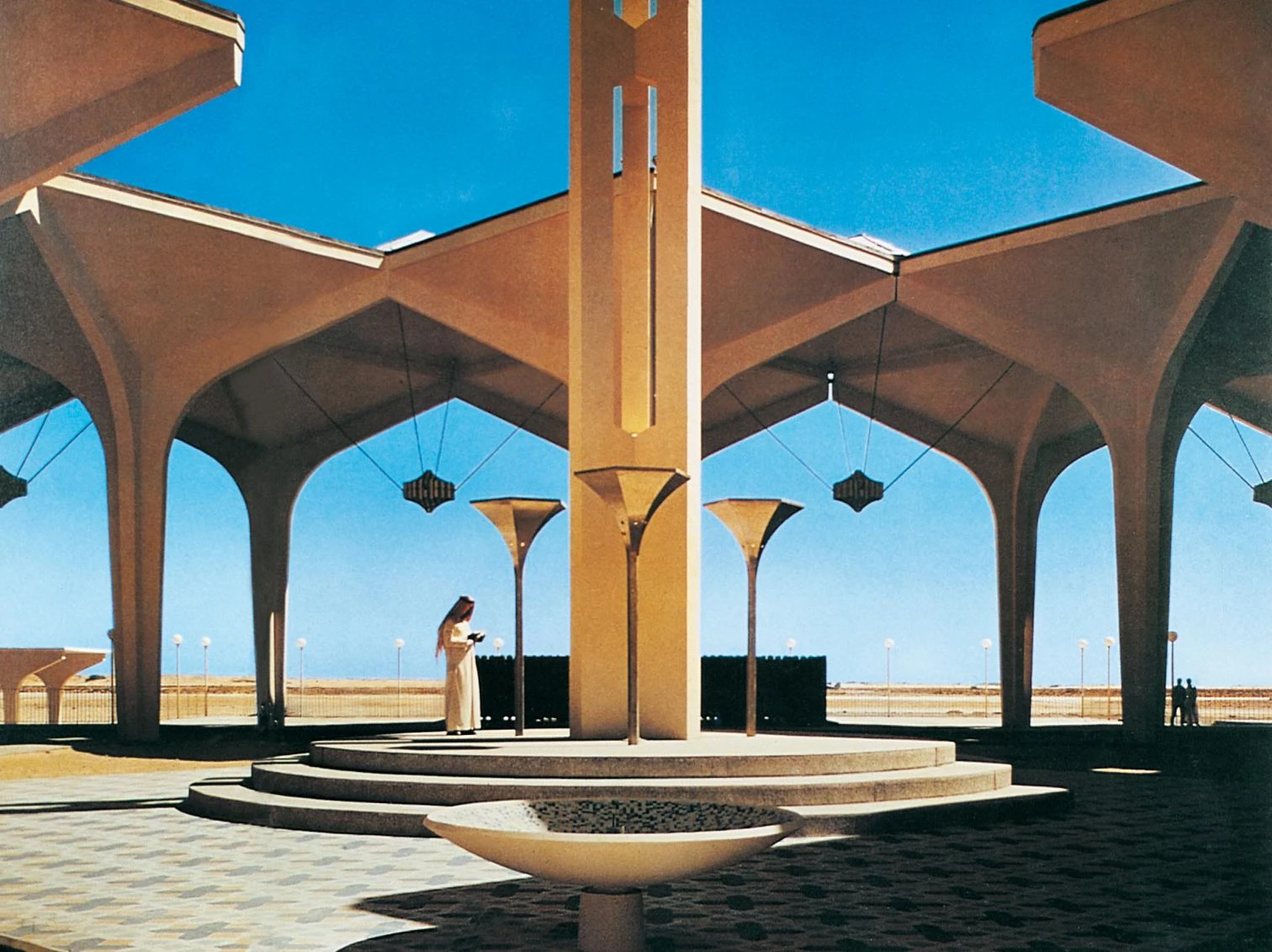
The fact is that we architects never really liked Yamasaki. His professional success, which had him building the world’s tallest skyscrapers, was systematically accompanied by negative criticism. The Twin Towers themselves, the tragic destruction of which has provoked abundant architectural lamentation, were received with open hostility when they went up. Although the inevitable physical and symbolic visibility of the World Trade Center would ensure their creator a place in history books, the image up to now most frequently associated withYamasaki’s name in the manuals was a controlled blowing-up: that of one of his early projects, a so-cial housing development whose calamitous failure would serve to illustrate the shipwreck of modern architecture. Paradoxically, the architect’s subsequent popularity among Arab and Asian clients was based, precisely, on his ability to dress modern constructionswithrobes evoking vernaculartraditions; and ironically, the now gone towers were lambasted at once for their bureaucratic abstraction and their neo-Gothic skin, for being too modern in their geometric elementality and too historicist in the Venetian echoes of their vertical nerves.
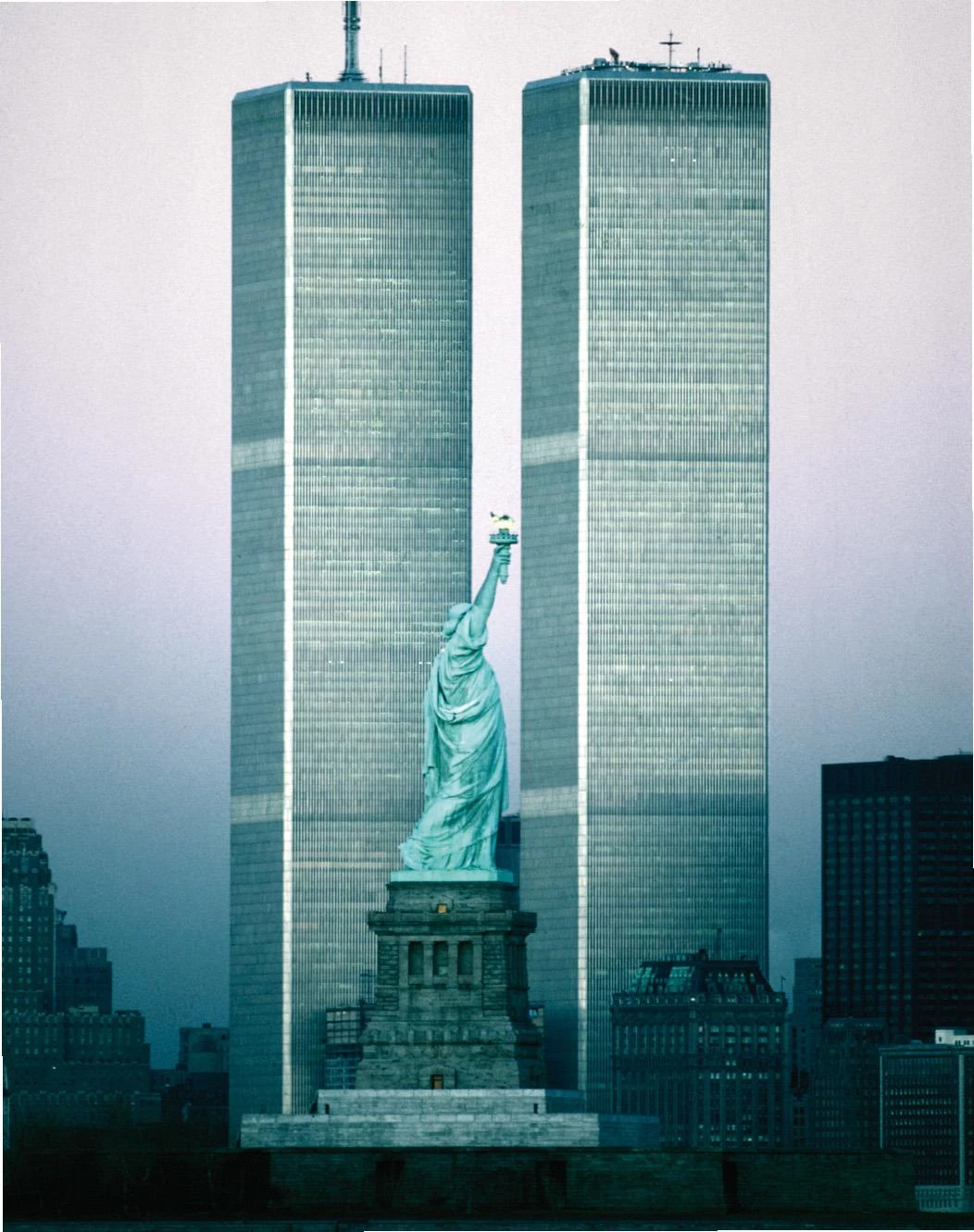
What a singular sarcasm that the twin symbols of capitalism allegedly destroyed by the air terrorism of the Saudi Arabian millionaire Osama bin Laden were designed by the same architect who built the headquarters of the Saudi Monetary Agency in Riyadh, not to mention two large airports in the country. And what a fluke that the posthumous architectural protagonist of New York’s Pearl Harbor should have been a nisei; that he was born in Seattle, where the Boeing aircrafts that crashed against the towers were manufactured; that he spent the last year of WWII working under Raymond Loewy, the industrial designer of aerodynamic style who reworked the corporate image and the planes of United Airlines, one of the two carriers involved in the 11 September attacks; and that he first got international recognition through an airport, the Lambert-St. Louis terminal in Missouri.
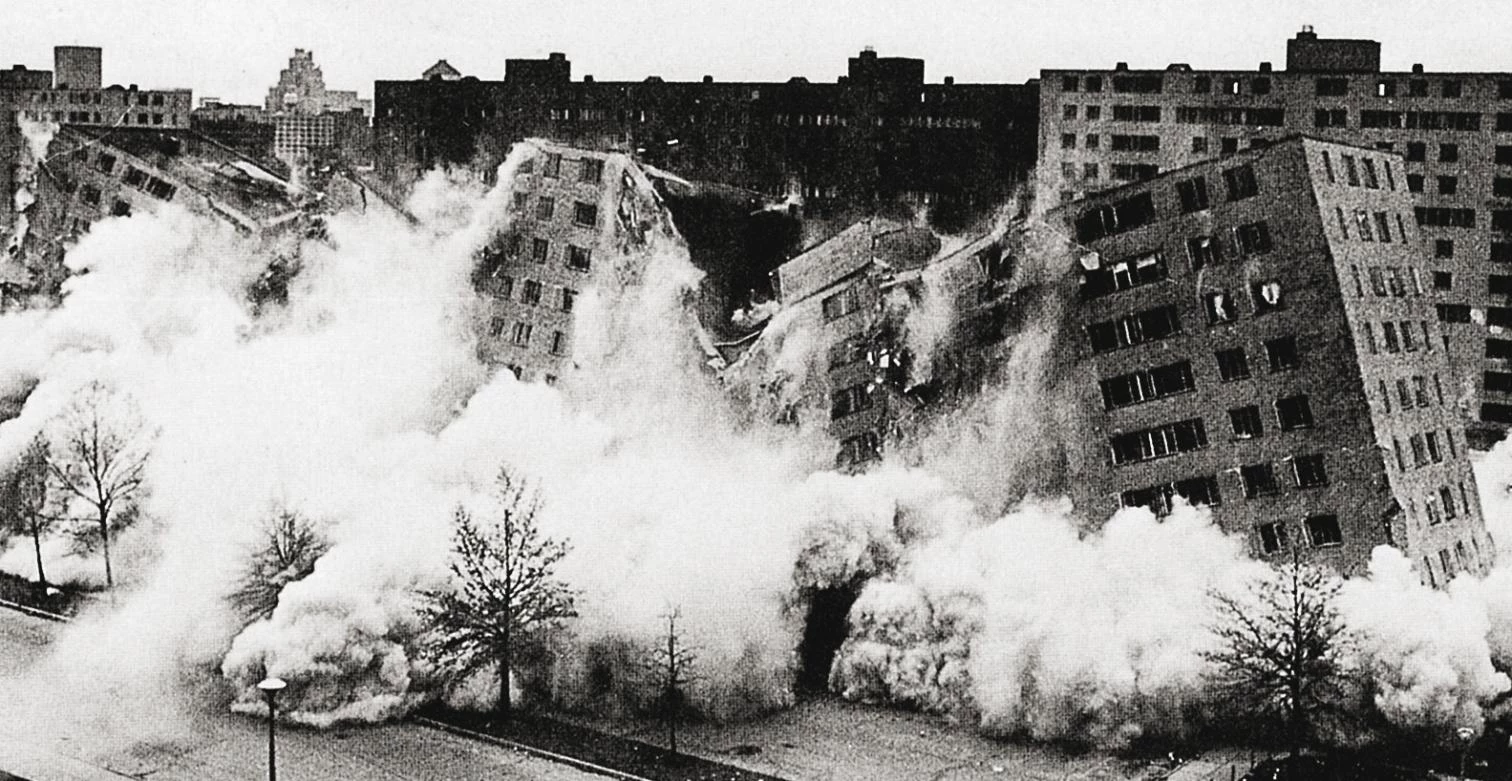
Two are the Yamasaki works whose destruction marks historic changes: that of the Twin Towers, and the blowing up in 1972 of the Pruitt-Igoe housing (previous page, below), which signaled the end of the Modern Movement.
The son of Japanese immigrants who settled on the Pacific coast of the United States, young Yamasaki paid his way through school by working summers in Alaskan canning factories, and his ex-perience of exploitation in the salmon industry sealed his determination to overcome misery and succeed economically. Although he suffered the racial discrimination that segregated Asians in swimming pools, movie theaters and residentail complexes, he was fortunate to avoid the confinement in a concentration camp that befell almost all Americans of Nipponese origin (per Roosevelt’s fa-mous and infamous Executive Order 9066), thanks to the fact that he had by then moved to the East Coast besides passed the investigations that the FBI, Army and Navy had subjected him to.
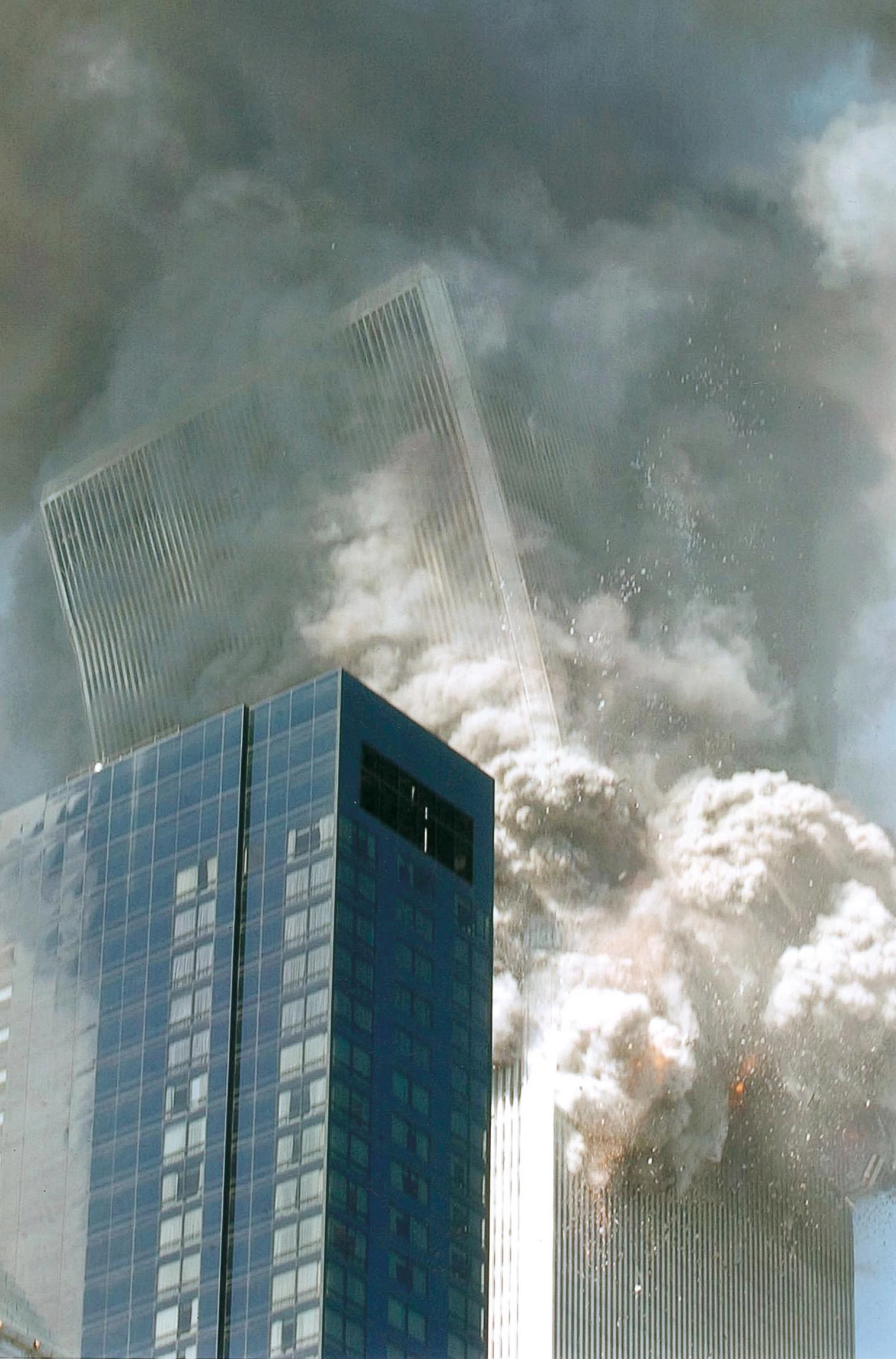
Having spent the Depression and War years in the New York studio of Shreve, Lamb & Harmon, constructors of the Empire State Building, and in that of Harrison, Fouilhoux & Abramovitz, who built the Rockefeller Center, in 1949 he and two others set up a practice straddling St. Louis and Detroit, the cities to accommodate his first projects: the Pruitt-Igoe apartments and Lambert Airport in St. Louis, and the McGregor Center and Reynolds offices – two light and solemn pieces whose rhythmi-cal modularity is reflected in ponds – in the Detroit area, where he established an independent firm in 1959. By this time Yamasaki was a respected archi-tect, able to compete with the refined minimalism of the Mies van der Rohe of Chicago and the volup-tuous expressionism of the Eero Saarinen of Detroit – then the two giants of the lake region – by means of a language of his own, a historicist, decorative formalism that was kin to the simultaneous neoliberty in Italy, neokatsura in Japan or neoziggurat in Israel, and which was manifest in the picturesque canopies of his exhibition pavilions in the fairs of New Delhi in 1959 and Seattle in 1962.

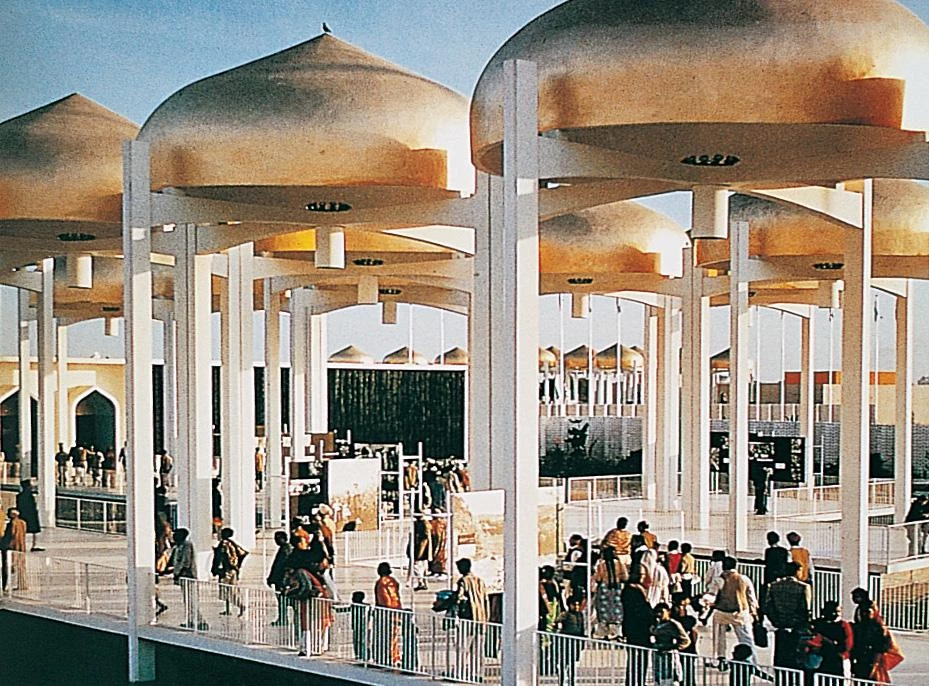
Yamasaki developed his own form of expression – a combination of historicist figuration and bureaucratic efficiency –which granted him significant professional success but never a total critical recognition.
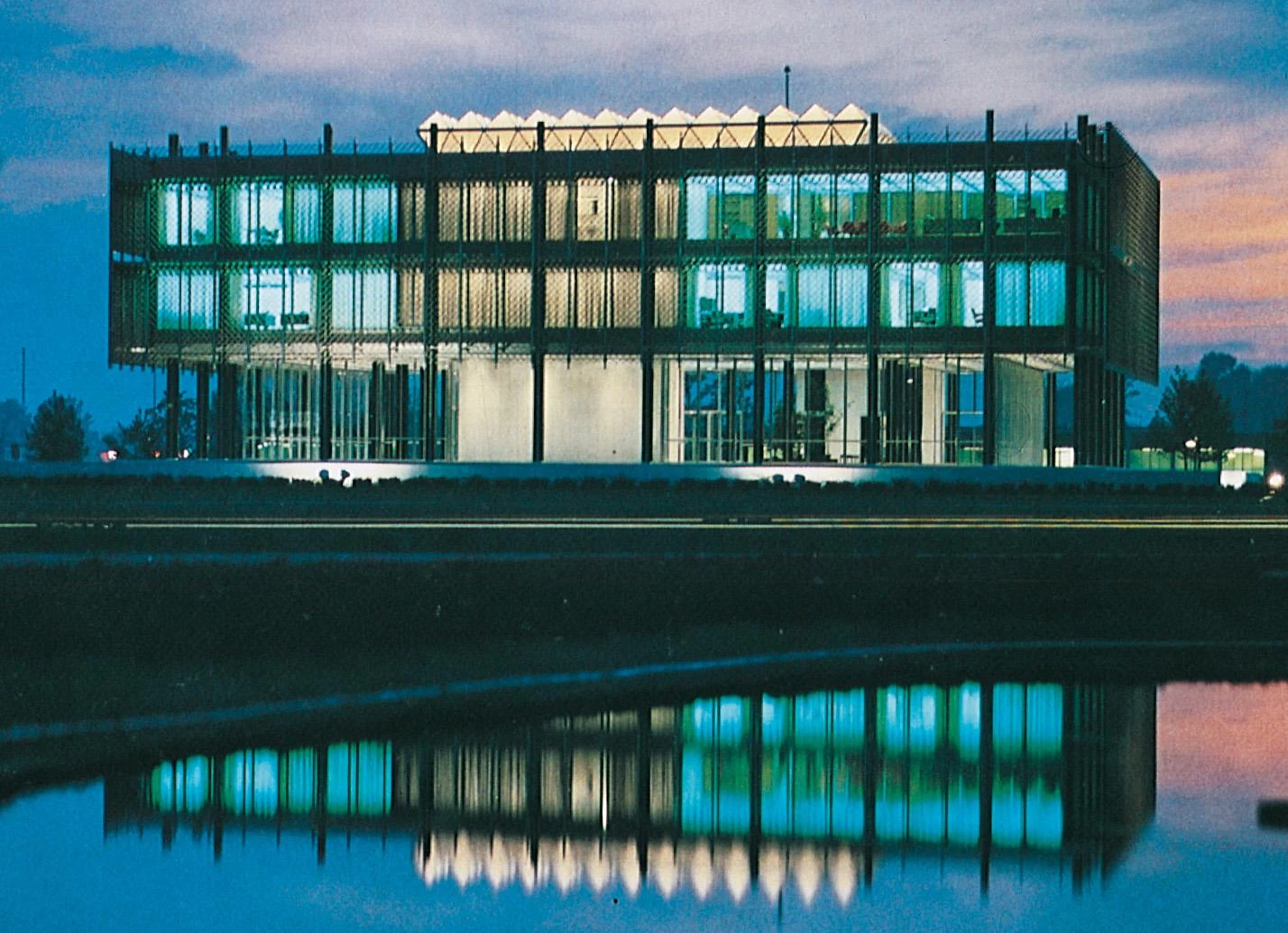
His entepreneurial success did not alleviate the disdain of critics, who while accepting his professional prestige routinely classified him either as Corporate Modern, with architects like Edward Durrell Stone and Philip Johnson, or as Populist Modern, with personages like Morris Lapidus and John Portman. The fact is that Yamasaki was both corporate and populist, and his works of the sixties well express such duality with their almost camp combination of bureaucratic efficiency and traditionalist figuration.The airport of Dhahran in Saudi Arabia evokes oriental exoticism through tracery latticeworks and concrete palms, and the Consolidated Gas headquarters in Detroit crowns its vertical volume with Gothic pinnacles and a handful of nerves that are easy to associate with the blue flame of gas. The completion in 1963 of this, his first skyscraper, coincided with his most important commission, the World Trade Center, and with a period of instability in his personal life. The architect, who had surpassed a serious ulcer caused by overwork, divorced his Japanese wife of twenty years to live two successive short-lived marriages, first with an American and then with an imported Japanese, only to remarry his original wife in 1969.
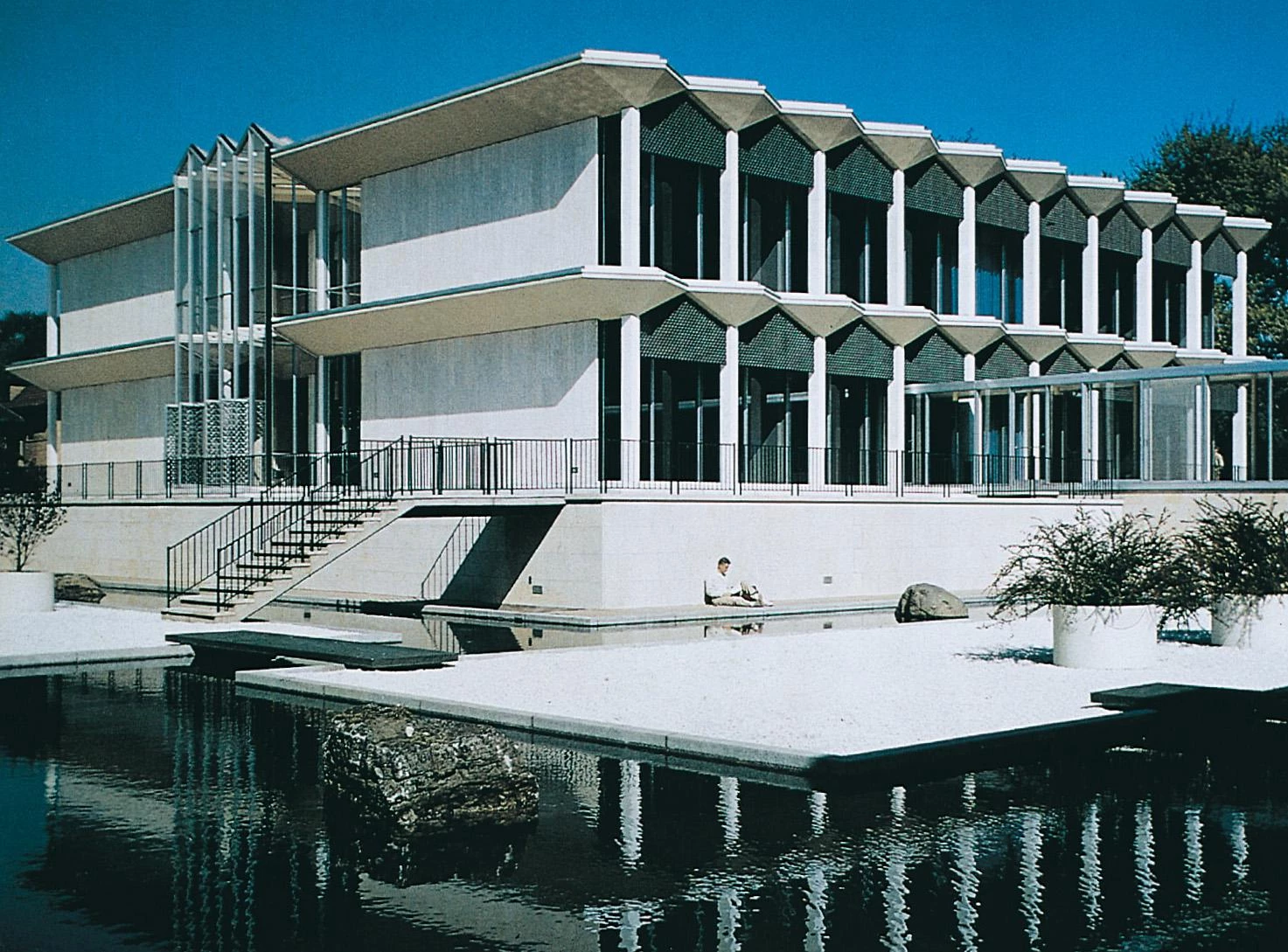
The termination of the Twin Towers in 1972 put him on the cover of Time, but not even public recog-nition could ease the hostility of the critics. Paul Goldberger dismissed them as “very trivial, obviously false, and almost sinister.” Lamenting how they spoiled views on account of their impact on the city’s silhouette, he spared only its value as a min-imalist sculpture, enhanced by the decision to dis-tribute in two towers the offices specified by the client, the PortAuthority. Built in collaboration with Emery Roth’s New York office, the two skyscrapers were in any case a technical feat that presented im-portant innovations. In a replay of the structural wall he had tested in his Seattle IBM building of 1964, instead of the usual structural grid, Yamasaki made the facades loadbearing, with a dense metal lattice resisting the horizontal wind forces and enabling diaphanous office spaces. Another novelty was in the elevator shaft, with two ‘sky lobbies’and different speed elevators so as to make the most of the vertical communication core.
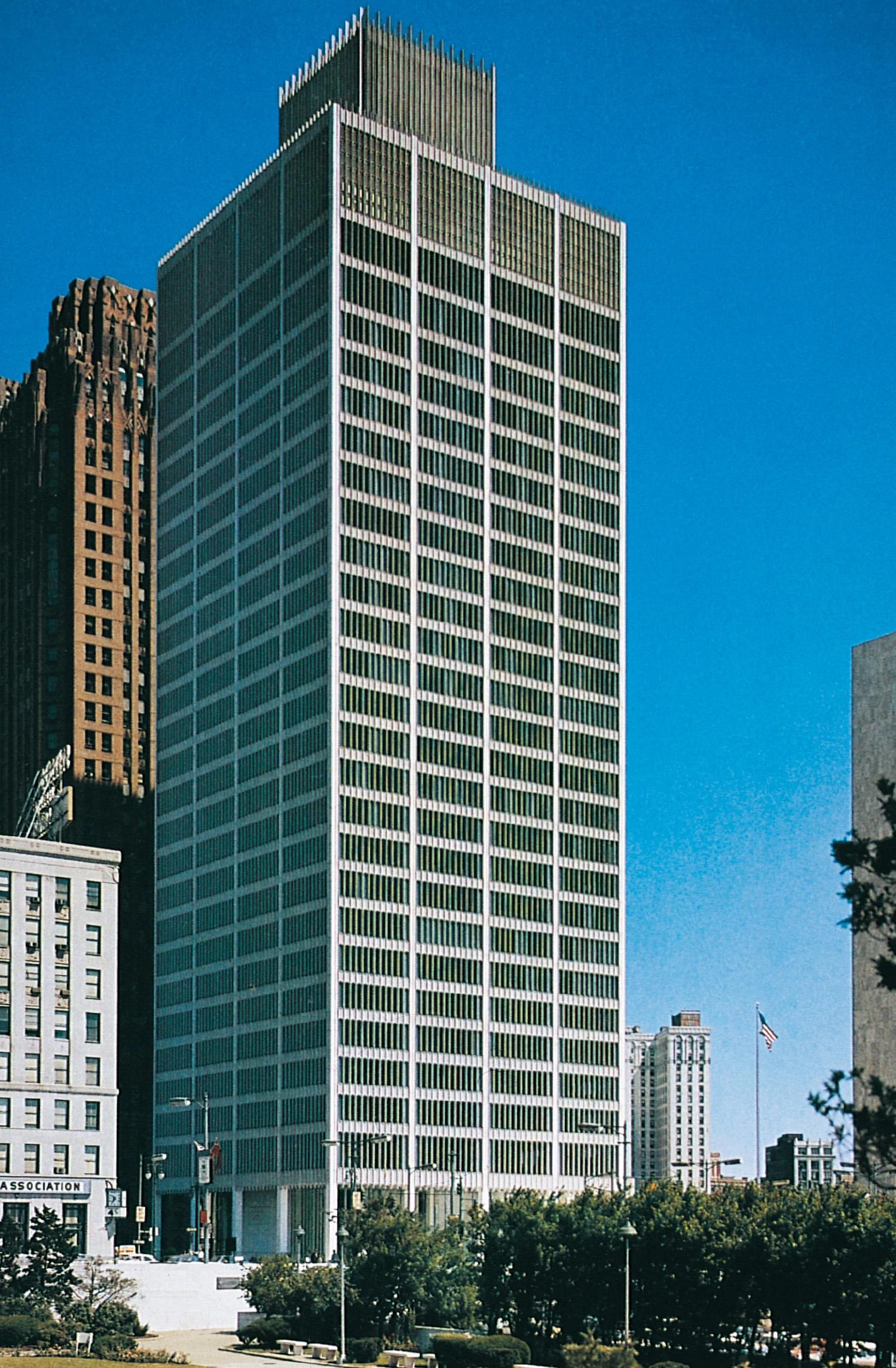
As if in paradoxical compensation, the same year that the first of the towers reached its 110th level, becoming the planet’s ceiling, the Pruitt-Igoe apartment building was demolished. Its degraded social fabric could not be regenerated, and the razing provided a symbol for the failure of the alliance between modernity and the welfare state. Charles Jencks, postmodernity’s advocate, wrote that mod-ern architecture died in St. Louis at 3:32pm on 15 July 1972, and both the date and the image of the blowing-up became commonplaces in architectural criticism. This public housing development had been the first interracial one ever to be carried out in the United States, and its destruction in less than twenty years signified a bitter fiasco for the social utopia that had conceived it, though hardly for the modern architecture that had served as a stage for the political and communal experiment.

Similarly, the annihilation of the World Trade Center, provoked by the political and social frac-ture of a convulsed world, should not be understood as a failure of architecture and modern technology. In an ultimate irony of history, the once so-called “first building of the 21st century” had been presented by its engineer Roberton as able to withstand the collision of a Boeing 707, then the largest airplane. On 11 September 2001, the Twin Towers did in fact resist the impact of two Boeing 767s, but not the fire caused by their keroseneladen tanks, and Yamasaki’s most important work became the first ruin of a century that promises to witness more.





